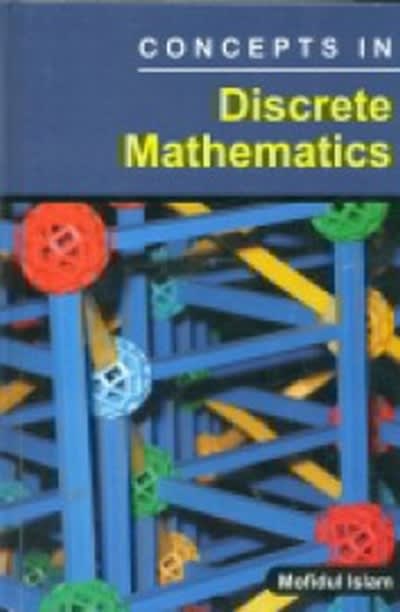Question
Background: The COVID-19 pandemic and the resulting economic recession have negatively affected many people's health and created new barriers for people. Young adults have experienced
Background:The COVID-19 pandemic and the resulting economic recession have negatively affected many people's health and created new barriers for people. Young adults have experienced symptoms of anxiety and/or depressive disorder. In June 2020, the proportion of young adults (ages 18-24) that experienced symptoms of anxiety and/or depressive disorder was 56%.
(https://www.kff.org/coronavirus-covid-19/issue-brief/the-implications-of-covid-19-for-mental-health-and-substance-use/#:~:text=During%20the%20COVID-19%20pandemic,largely%20stable%20since%20spring%202020)
As a Statistician:You wonder with vaccinations being distributed if the rate of anxiety and/or depressive disorder has decreased from the data in June 2020.You decided to conduct a study.You randomly sample 270, young adults (ages 18-24) and find that 53% expressed that they experience anxiety and/or depressive disorder.
Here is a link to theGeoGebra Probability Calculator(https://www.geogebra.org/classic#probability)
Step 1:State theclaimand its opposite. Identify which is thenull hypothesisand which is thealternative hypothesis.
Step 2:Determinewhich hypothesis testyou will use andcheck conditions.
Step 3:If the conditions are met, perform thecalculations,andconduct the test.Include thetest statisticand theP-value.
Step 4:State the result andinterpretyour result in thecontextof the problem.
Upload an image of your GeoGebra work to illustrate all the steps need for this problem.
Step by Step Solution
There are 3 Steps involved in it
Step: 1

Get Instant Access to Expert-Tailored Solutions
See step-by-step solutions with expert insights and AI powered tools for academic success
Step: 2

Step: 3

Ace Your Homework with AI
Get the answers you need in no time with our AI-driven, step-by-step assistance
Get Started


